
5 Reasons Why USB-C is Better than Lightning
It’s believed that the new generation of iPhone that is going to be revealed in September will adopt a USB-C to Lightning cable. Do you know what USB-C and the Power Delivery technology behind it is?
It’s believed that the new generation of iPhone that is going to be revealed in September will adopt a USB-C to Lightning cable. What’s your idea about this innovation? Do you know what USB-C and the Power Delivery technology behind it is?
USB-C is the emerging standard for charging and transferring data. Right now, it has included the single USB-C port on the Apple 12-inch MacBook, the hybrid USB-C ports on the MacBook Pro (2016 and later) and the iMac Pro. Apple changed the connector on all of its recently released computers, but not on the iPhone and iPad. Apple currently uses its own proprietary Lightning connector instead of the industry standard USB-C port. Today, the main rival of Lightning is the USB-C port which is favored by Android smartphones including Samsung, HUAWEI, LG and more including the technology industry as a whole. In fact, USB-C is intended to be the universal cable to rule them all. Therefore, this article compares USB-C and Lightning and then explains five reasons why USB-C is better than the Apple’s Lightning connector.
What is USB-C?
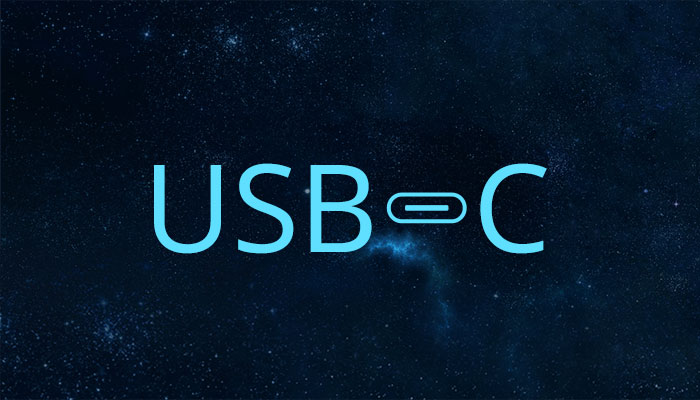
USB-C is the industry-standard connector for transmitting both data and power. The USB-C connector was developed by the USB Implementers Forum (USB-IF) who are a group of companies that have developed, certified, and shepherded the USB standard. It counts more than 700 companies in its membership, including Apple, Dell, HP, Intel, Microsoft, and Samsung. This is important because it's part of the reason why USB-C has been so rapidly accepted by PC manufacturers. At the same time, a lot recognized brands focusing on cell phone accessories have followed suit including Belkin, Anker, Aukey, and Tronsmart who also follow the trend of launching USB-C products.
USB-C vs. Lightning
Charge Power: 12W vs. 100W
Both Lightning and USB-C are capable of conducting power at various wattages. Although Apple doesn’t disclose these specifications publicly, they are available to third-party manufacturers. It’s safe to assume that Lightning adapters can handle up to 12W of power, as provided by the iPad charger. USB-C is known to handle up to 100 watts, 20V/5A charge speed with the USB Power Delivery technology. This makes sense for laptops, which usually requires up to about 60 watts. In addition, it’s bi-directional, so a device can either send or receive power.
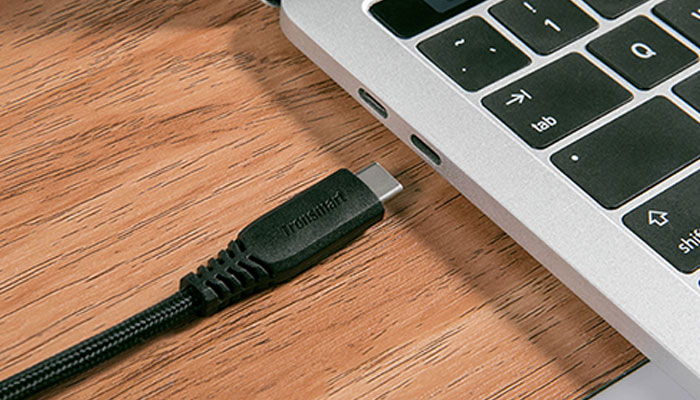
Data Transmission: 480Mbps vs. 10Gbps
Data transmission speed depends more on USB standards for both Lightning and USB-C. Lightning devices transfer data at USB 2.0 speeds, which is 480Mbps while USB-C can transfer data at USB 3.0 (USB 3.1 Gen 1) speeds, 5Gbps. The default protocol with the USB-C connector is USB 3.1 which at 10Gbps (USB 3.1 Gen 2), is theoretically twice as fast as USB 3.0. Less time transferring, more time doing.
Reversible: One End vs. Double End
The most obvious difference between USB-C and Lightning ports is that Lightning port is smaller, which gives Apple an advantage to make slimmer devices. And these two ports are both reversible, but USB-C to USB-C cables can be plug in through the double end that provides a more convenient user experience.
Extensive Port Support
USB-C supports simultaneously video signals and power streams. This means that you can connect to and power a native DisplayPort, MHL, or HDMI device or connect to almost anything else assuming you have the proper adapter and cables. The USB-C spec even includes audio transmissions, but so far it has not replaced the 3.5mm headphone jack on computers. This might change in the next few years.
USB Power Delivery
USB Power Delivery (USB PD) is a next-generation charging technology that supplies up to 100W output. It uses USB-C connectors and cables to deliver increased levels of power to operate larger devices such as your phones, tablets and laptops that charges them all faster than ever before. Currently, a standard USB 2.0 provides up to 2.5 watts of power - enough to charge your phone or tablet, but if you want to charge a laptop, the USB-C with USB PD technology is your best choice. USB-C could spell the end of all of those proprietary laptops charging cables used by various manufacturers. You could even charge your laptop from one of those portable battery packs that you use to charge your smartphones and other portable devices from today. You could plug your laptop into an external display connected to a power cable and that external display would charge your laptop as you used it as an external display - all via the one little USB-C connection.
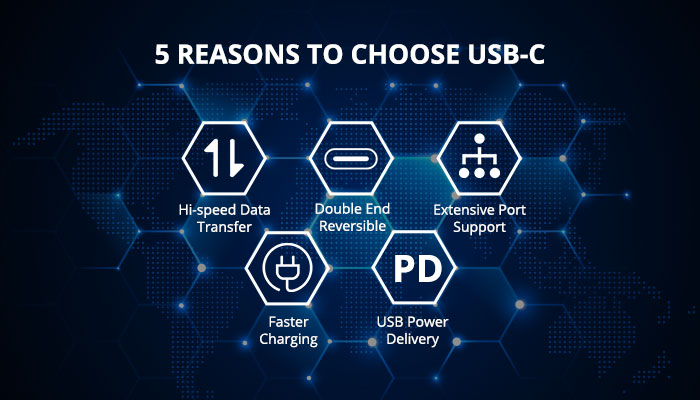
As time goes on, USB-C will appear in more and more devices of all types. USB-C may even replace the Lightning connector on Apple’s iPhones and iPads one day. At that time, when your friend forgets to bring charging cable while visiting your home, you can share your USB-C cable with him/her. Doesn’t it sound exciting?
Related products:
Trim 10000mAh USB-C Power Bank
WCP01 18W USB-C Charger with Power Delivery
In Same Category
- Tronsmart Releases New Halo Series Party Speaker, Offering Unparalleled Audio Quality and Visual Effects
- Introducing the ultra-portable Tronsmart Trip waterproof speaker with exclusive SoundPulse® Audio and Quick Connect Bluetooth 5.
- Tronsmart Releases First Hybrid Dual Driver True Wireless Earbuds-Onyx Prime
- Tronsmart Launches Party Speaker-Studio Bluetooth Speaker
- Tronsmart Sparkle Gaming Headset Audio Software
 Quick! Don't Miss out Back to School Sales
Quick! Don't Miss out Back to School Sales

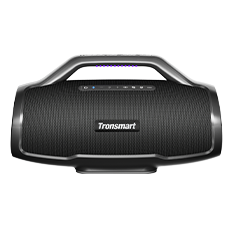 Bang Max
Bang Max
 Bang
Bang
 Bang SE
Bang SE
 Halo 200
Halo 200
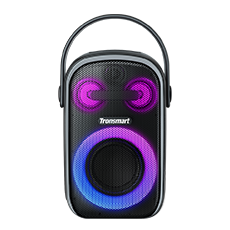 Halo 100
Halo 100
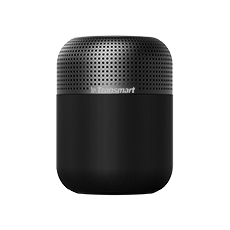 T6 Max
T6 Max
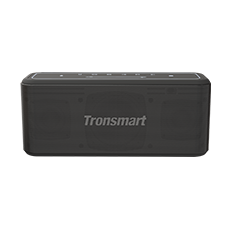 Mega Pro
Mega Pro
 Mirtune C2
Mirtune C2
 T7 Lite
T7 Lite
 T7
T7
 T7 Mini
T7 Mini
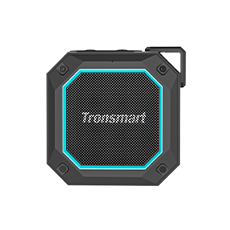 Groove 2
Groove 2
 Halo 200
Halo 200
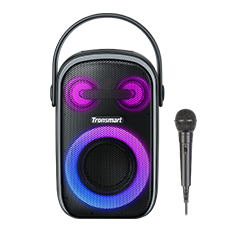 Halo 110
Halo 110
 KH03
KH03
 KH02
KH02
 KH01
KH01
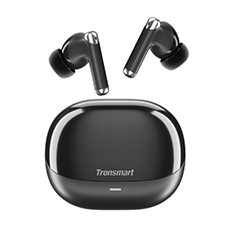 Sounfii R4
Sounfii R4
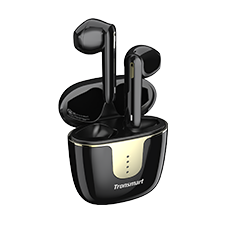 Onyx Ace Pro
Onyx Ace Pro
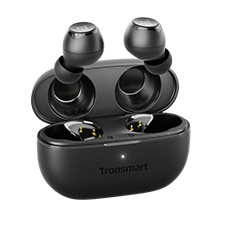 Onyx Pure
Onyx Pure
 Space S1
Space S1
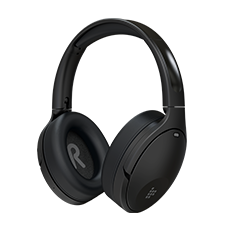 Apollo Q10
Apollo Q10
 Kreda 10
Kreda 10
 4-Pack iWatch Bands
4-Pack iWatch Bands
 8-Pack iWatch Bands
8-Pack iWatch Bands
 10-Pack iWatch Bands
10-Pack iWatch Bands




Comments
Leave your comment